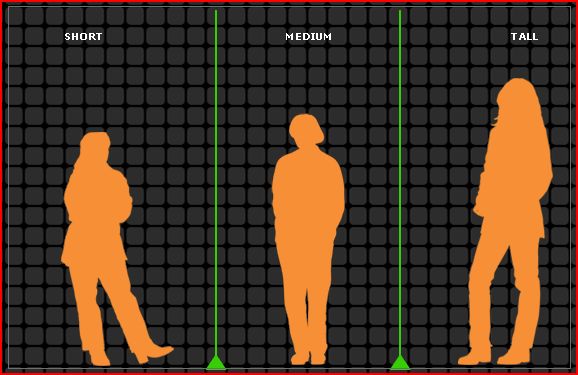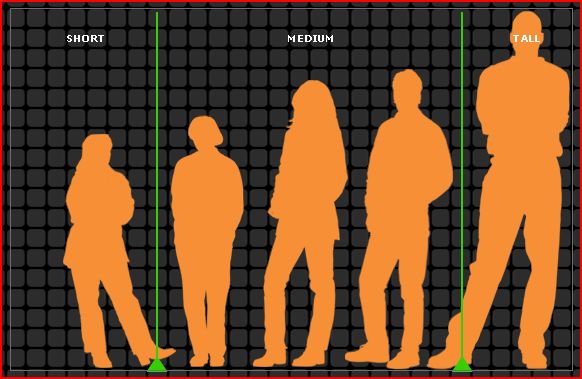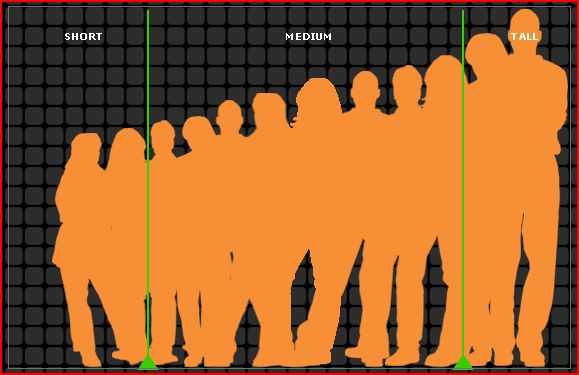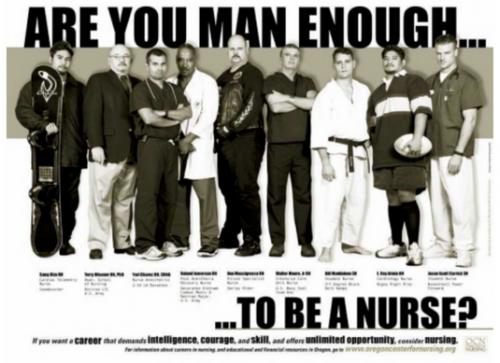If you stop and think about it, alcohol is just the worst. Almost every one who drinks has experienced the pain of a mean morning hangover (at least once). Also, the experience of being drunk… why is that enjoyable? When drunk you slur your words, it’s hard to think straight, you’re liable to say or do something that will offend the people around you, and you can’t legally drive a car. Why does any of that sound like a good way to spend a Friday night?
To a sociologist, the reason people drink alcohol is that they have been socially taught to. That is, we like alcohol because we’ve been taught to overlook the negative side effects or we have redefined them as positive. If that’s confusing, don’t worry. Let’s talk about another drug people abuse (marijuana) and how the sociologist Howard Becker argues we socially construct getting high and being a stoner.
Becoming a Marijuana User
In 1953 Becker set out to answer what appears to be a simple question: how does a person become a marijuana user. After interviewing fifty marijuana users Becker (1953: 235) concluded that:
An individual will be able to use marihuana for pleasure only when he (1) learns to smoke it in a way that will produce real effects; (2) learns to recognize the effects and connect them with drug use; and (3) learns to enjoy the sensations he perceives. This proposition based on an analysis of fifty interviews with marihuana users, calls into question theories which ascribe behavior to antecedent predispositions and suggests the utility of explaining behavior in terms of the emergence of motives and dispositions in the course of experience.
The first point should be pretty obvious. You can’t get high if you don’t inhale when you smoke marijuana (like President Bill Clinton). So the first step to becoming a pot smoker is learning to properly smoke pot. Most often this takes place when an experienced smoker socializes (i.e. trains) a novice smoker in the mechanics of the task.
Becker’s second point might be harder to understand. Drugs inherently alter your physiology… that’s what makes them drugs. Being in a chemcially alterted state can be disorienting. But don’t believe me, watch this:
David, the little boy in the movie, had not been socialized to how anesthesia works. Similarly, when you ingest any drug you have to be taught to recognize the effects. So for marijuana maybe that would include heightened senses, food cravings, and possibly a sense of anxiety or paranoia. When you haven’t been socialized it’s easy to go into a panic or ignore the effects altogether.
For instance, around 2007 a police officer in Dearborn Heights Michigan stole marijuana from a drug arrest, baked it into brownies, and then consumed the brownies to get high for what he said was his very first time. He then called 911 because he thought he was dying. Becker would likely say that if he had been socialized and knew what effects he should expect, the police officer wouldn’t have likely freaked out and incriminated himself.
After you’ve learned to inhale properly, learned to recognize how the substance will alter you, then the last step to becoming a marijuana user is to redefine potentially negative experiences as positive. As we talked about above, smoking marijuana can lead to anxiety, paranoia, insatiable food cravings, hyper sensitivity, confusion, etc.
To see an example of this, we need look no further than the comment section under the video I just showed you. What WeBeChillin420’s comment does is reframe a panic attack into a desirable thing. S/he seems to be nostalgic for his or her first time consuming freak out quantities of marijuana.
Becker and the scholars he inspired to research marijuana communities further point out that it’s common among smokers to say that “coughing gets you higher.” Actually, coughing after smoking is your body’s way of telling you that you inhaled something it didn’t like. It’s your body literally gasping for air. It seems just as likely that marijuana users could think of coughing as a bad thing or as a sign they inhaled too much. Instead smokers socially construct coughing as a positive and desirable thing.
All Drugs Are Socially Constructed
While Becker focused on marijuana, we can extend his ideas to every type of drug. For instance let’s look at caffeine. Coffee and Red Bull are said to be “acquired tastes.” Doesn’t this mean that you have to learn to like them? You have to learn to like to feel a slight jitteriness? What you can take from Becker’s research is that how we think about drugs, how we react to any drug or medicine we ingest, and how we feel about others who’ve used drugs are all social constructs.
Nathan Palmer, MA is a visiting lecturer at Georgia Southern University. He is a passionate educator, the founder of Sociology Source, and the editor of Sociology in Focus, where this post originally appeared.









